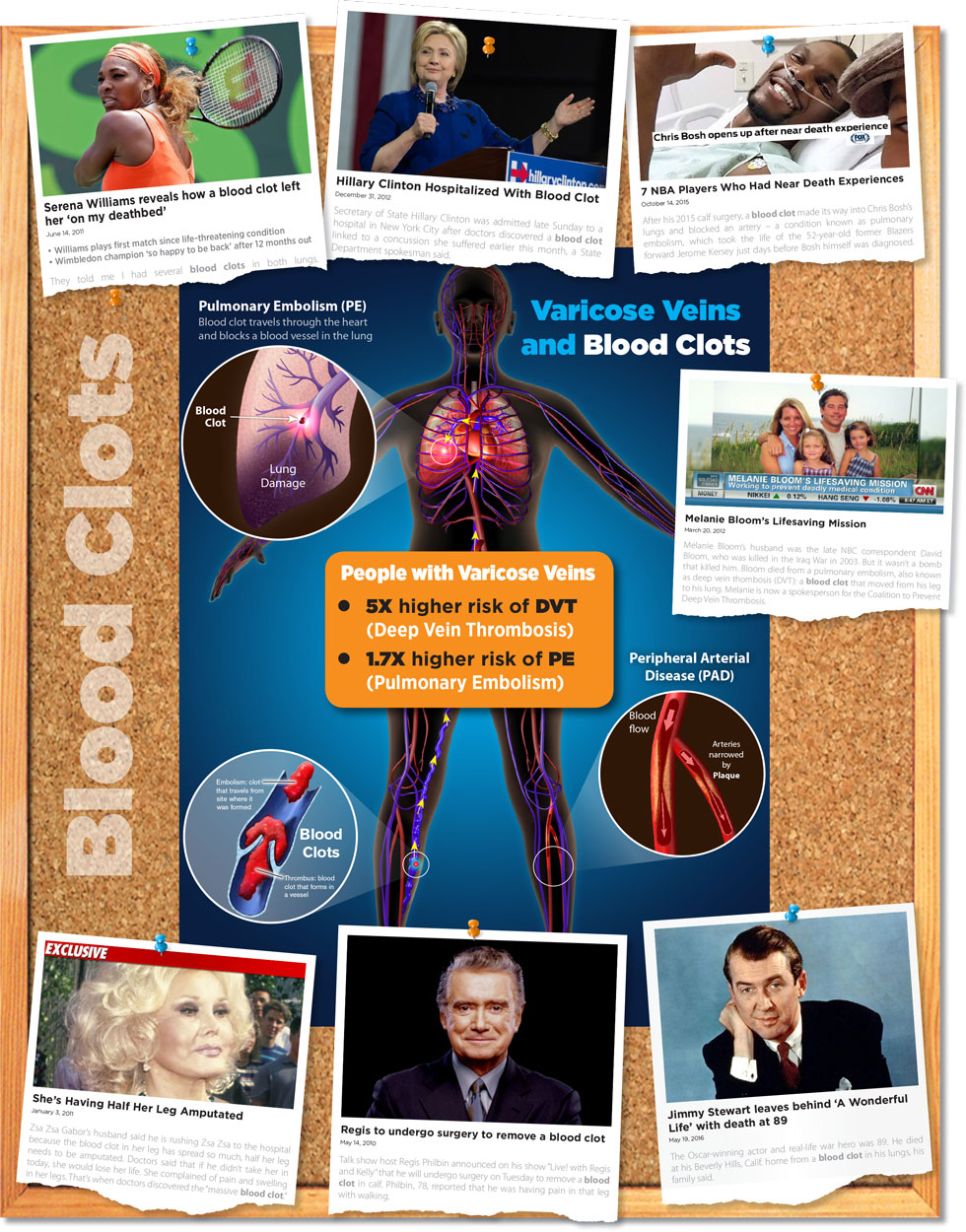Blood Clots & Varicose Veins - 5X Higher Risk
Blood Clots & Varicose Veins - 5X Higher Risk
Suspect a Blood Clot in Leg?
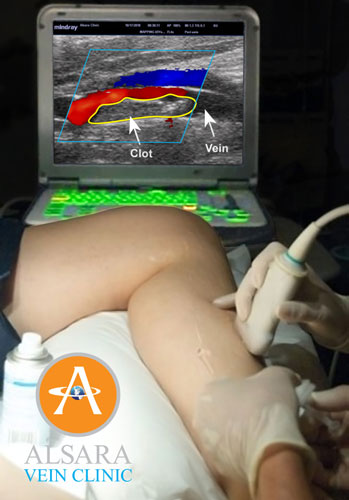
- Alsara Vein Clinic offers same-day appointments
- Detailed scan for Deep Vein Thrombosis (DVT) as well as Superficial Vein Thrombosis (SVT)
The best test currently available for thrombosis (clot) in the legs is a color flow duplex ultrasound. At Alsara Vein Clinic, we utilize very high-resolution ultrasound capable of diagnosing clots in even the smaller deep veins in the calf.
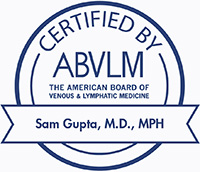 Dr. Gupta is certified by the American Board of Venous and Lymphatic Medicine. All clinical staff has specialized education and training for the management of venous diseases including all types of blood clots. Urgent Care centers, Primary Care Providers, Patients, and their relatives routinely call us for same-day appointments.
Dr. Gupta is certified by the American Board of Venous and Lymphatic Medicine. All clinical staff has specialized education and training for the management of venous diseases including all types of blood clots. Urgent Care centers, Primary Care Providers, Patients, and their relatives routinely call us for same-day appointments.
At Alsara Vein Clinic, we treat vein problems all day, every day. Unlike duplex ultrasound performed at an Emergency Room that focuses only on deep vein thrombosis (DVT), we check for DVT and SVT. Do not let yourself or your loved one be another victim of an undiagnosed dangerous blood clot.
Call us at 816-396-0245 for a Consultation
Superficial Thrombophlebitis and Deep Vein Thrombosis (blood clots) are other potential complications from varicose veins.
Varicose veins are prone to developing Superficial Thrombophlebitis (SVT) as well as Deep Vein Thrombosis (DVT). Superficial Thrombophlebitis is characterized by redness of the skin, tenderness, and pain along the affected superficial vein just below the skin surface. As opposed to deep veins, blood clots in the superficial veins are less severe and generally do not break off and go to the lungs.

Deep Vein Thrombosis or DVT on the other hand is a more severe condition. The vein in the leg still becomes inflamed and forms a blood clot. However, Deep Vein Thrombosis has the potential to cause a “pulmonary embolism” – a potentially life-threatening condition – if the clot breaks loose and travels to the right side of the heart and eventually migrates to the lungs.

- VEIN DISEASE - OVERVIEW
- Varicose Veins
- Chronic Venous Insufficiency
- Blood Clots
- Spider Veins
- Restless Leg Syndrome
- Edema (swelling)
- Infection / Leg Ulcers
- Neuropathy
Amy Hallquist - Blood Clots
Blood Clots - 5X Righer Risk
- Blood Clots:
- Embolism: a blood clot that travels from the site where it was formed
- Thrombus: a blood clot that forms in a vessel
- Deep Vein Thrombosis (DVT): 5 X higher risk of DVT in people with Varicose Veins
- Pulmonary Embolism (PE): blood clot travels through the heart and blocks a blood vessel in the lung
- Peripheral Arterial Disease (PAD): 1.7 X higher risk of Pulmonary Embolism (PE)
A landmark study was published in JAMA, a very reputable medical journal, that demonstrated how people who have varicose veins have five times (5X) higher risk for clots in the deep veins that can be potentially fatal. Those blood clotscan take off and get lost in areas like the lungs and cause conditions like Pulmonary Embolism.
In the initial stages of varicose veins, people may only see some spider veins or ropey veins, and sometimes there are no visible veins. You may have pain, heaviness, tiredness, restless legs, leg cramps, etc. More advanced stages are when you have skin changes, discoloration, bleeding, ulcers that are slow to heal, and blood clots.
Read More about Potentially Deadly Blood Clots
Varicose Vein Treatments are coved by insurance including Medicare and Medicaid


 Alsara Vein Clinic has helped many patients achieve relief from Edema.
Alsara Vein Clinic has helped many patients achieve relief from Edema.
 The pooling of blood, increased pressure and subsequent “leakage” causes swelling in the ankles and feet as gravity pulls the fluid down. As leakage continues, swelling can also be noted in the lower calf region and extend to the knee or even the thighs.
The pooling of blood, increased pressure and subsequent “leakage” causes swelling in the ankles and feet as gravity pulls the fluid down. As leakage continues, swelling can also be noted in the lower calf region and extend to the knee or even the thighs. During the initial stages of edema, graduated compression stockings may be enough to diminish the tendency of the veins to stretch and control edema. Over time, patients may notice increasing leg fatigue, swelling, thinning of the skin, and discoloration of the overlying skin. Complications such as painful blood clots in the vein, bleeding from veins close to the skin surface, and nonhealing leg sores may develop. Many patients may also notice unsightly spider and varicose veins (Corona Phlebectatica).
During the initial stages of edema, graduated compression stockings may be enough to diminish the tendency of the veins to stretch and control edema. Over time, patients may notice increasing leg fatigue, swelling, thinning of the skin, and discoloration of the overlying skin. Complications such as painful blood clots in the vein, bleeding from veins close to the skin surface, and nonhealing leg sores may develop. Many patients may also notice unsightly spider and varicose veins (Corona Phlebectatica).

 Ultrasound scanning is done in the office, is pain-free, and the results are available immediately. The
Ultrasound scanning is done in the office, is pain-free, and the results are available immediately. The  Fortunately, the days of painful vein stripping are over. Now, the treatments available are much safer, more effective, and patients are able to resume activities right away. We offer several minimally invasive, non-surgical, in-office procedures to ensure immediate and long-term results, including EVLA (
Fortunately, the days of painful vein stripping are over. Now, the treatments available are much safer, more effective, and patients are able to resume activities right away. We offer several minimally invasive, non-surgical, in-office procedures to ensure immediate and long-term results, including EVLA (
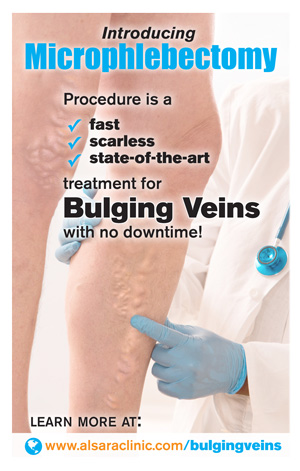
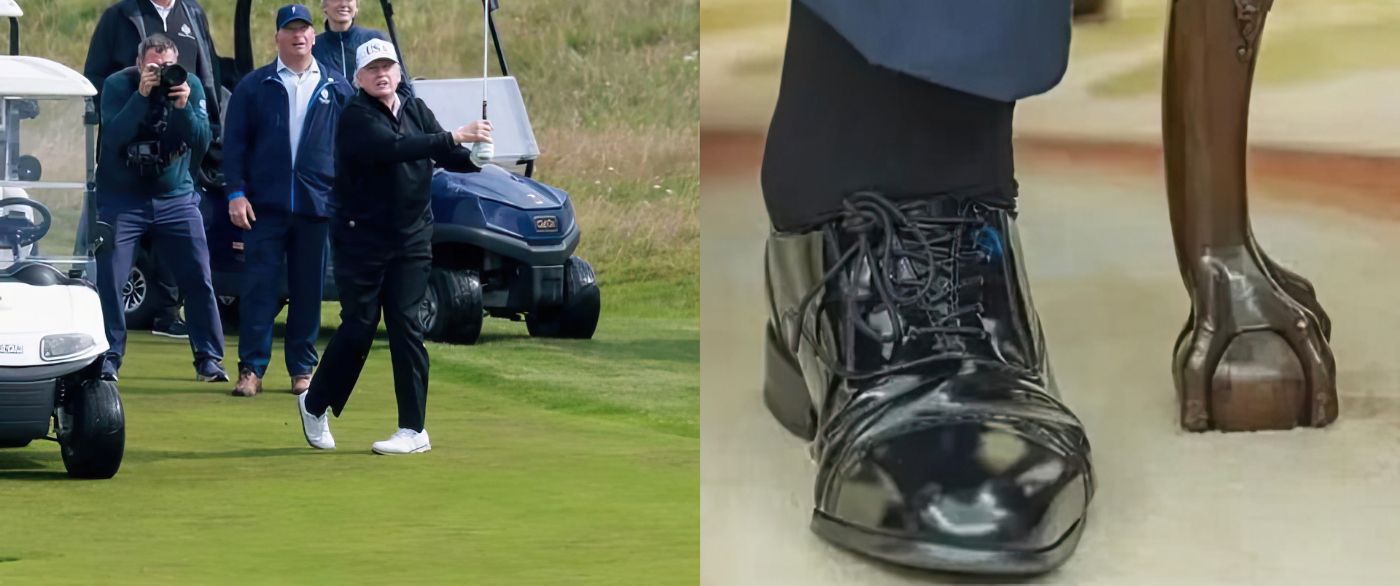
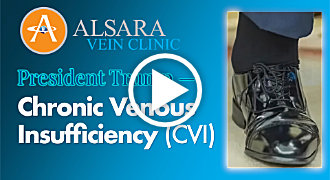
 Chronic Venous Insufficiency (CVI) is a medical condition in which the veins in the legs don’t function properly, making it difficult to pump blood back to the heart. This leads to circulation problems and a variety of leg symptoms.
Chronic Venous Insufficiency (CVI) is a medical condition in which the veins in the legs don’t function properly, making it difficult to pump blood back to the heart. This leads to circulation problems and a variety of leg symptoms.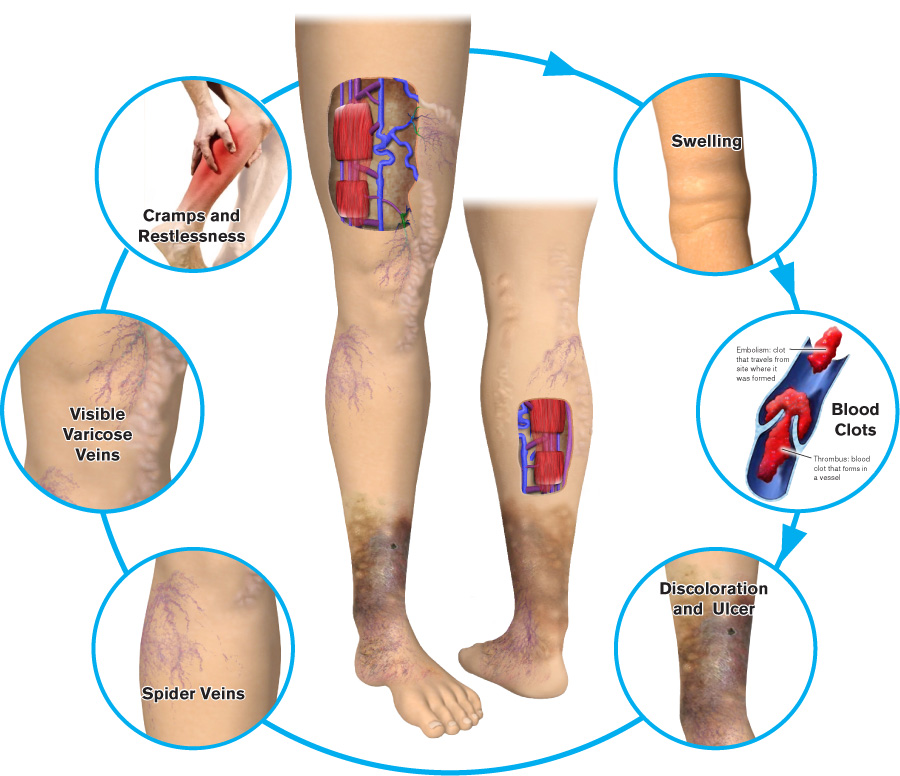
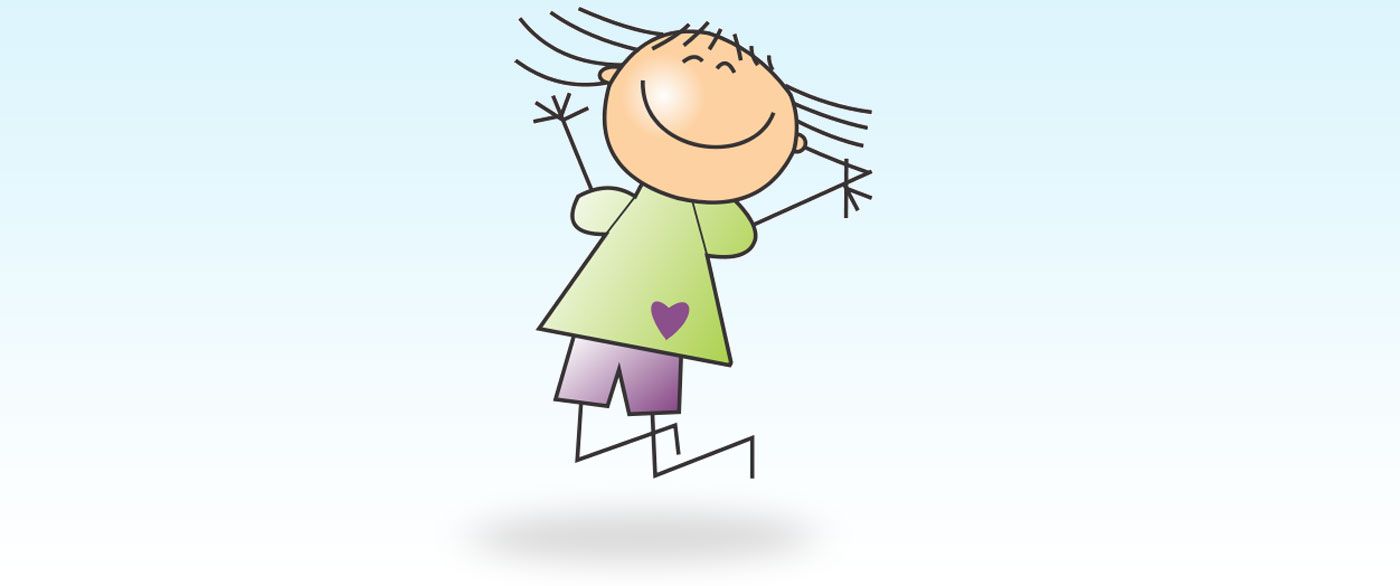


 If you experience restlessness in your legs, consult with a Vein Specialist to see if varicose veins may be the cause. A duplex ultrasound examination in the comforts of the office setting can help determine if varicose veins are present.
If you experience restlessness in your legs, consult with a Vein Specialist to see if varicose veins may be the cause. A duplex ultrasound examination in the comforts of the office setting can help determine if varicose veins are present.
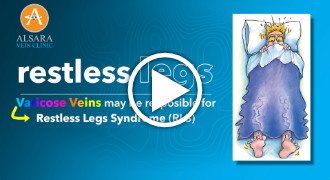
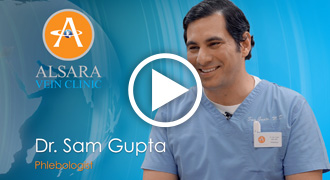



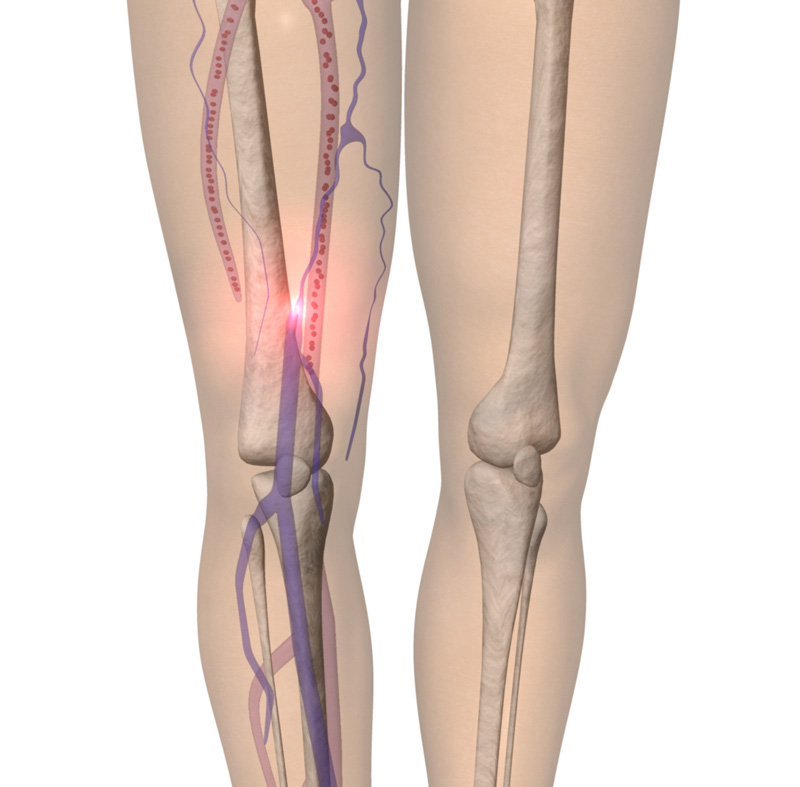 Alsara Vein Clinic exclusively uses the leading edge EVLA technology (1470 nm laser system), which decreases discomfort and bruising, while maintaining the unparalleled efficacy and safety of laser technology. Studies have shown that Endovenous Laser Ablation (EVLA) is more effective in treating varicose veins than Radiofrequency Ablation (VNUS Closure). Traditional laser machines have utilized lower frequencies (810 nm or 980 nm) and target blood (hemoglobin) within the veins. However, there was more, although temporary, bruising and soreness noted with these laser frequencies than with radiofrequency ablation. The new ThermaLite 1470 nmlaser machines target water in the vein wall instead of hemoglobin, which results in much less discomfort, practically no bruising, and a fast return to normal activities. This is particularly important for people living active lifestyles who want to resume their activities right away and would like to wear shorts or skirts. The new 1470nm offers the best of both worlds. Alsara Vein Clinic has treated numerous patients using the new 1470 nmLaser with almost no discomfort or any bruising after the procedure. Our patients cannot be happier with the results.
Alsara Vein Clinic exclusively uses the leading edge EVLA technology (1470 nm laser system), which decreases discomfort and bruising, while maintaining the unparalleled efficacy and safety of laser technology. Studies have shown that Endovenous Laser Ablation (EVLA) is more effective in treating varicose veins than Radiofrequency Ablation (VNUS Closure). Traditional laser machines have utilized lower frequencies (810 nm or 980 nm) and target blood (hemoglobin) within the veins. However, there was more, although temporary, bruising and soreness noted with these laser frequencies than with radiofrequency ablation. The new ThermaLite 1470 nmlaser machines target water in the vein wall instead of hemoglobin, which results in much less discomfort, practically no bruising, and a fast return to normal activities. This is particularly important for people living active lifestyles who want to resume their activities right away and would like to wear shorts or skirts. The new 1470nm offers the best of both worlds. Alsara Vein Clinic has treated numerous patients using the new 1470 nmLaser with almost no discomfort or any bruising after the procedure. Our patients cannot be happier with the results.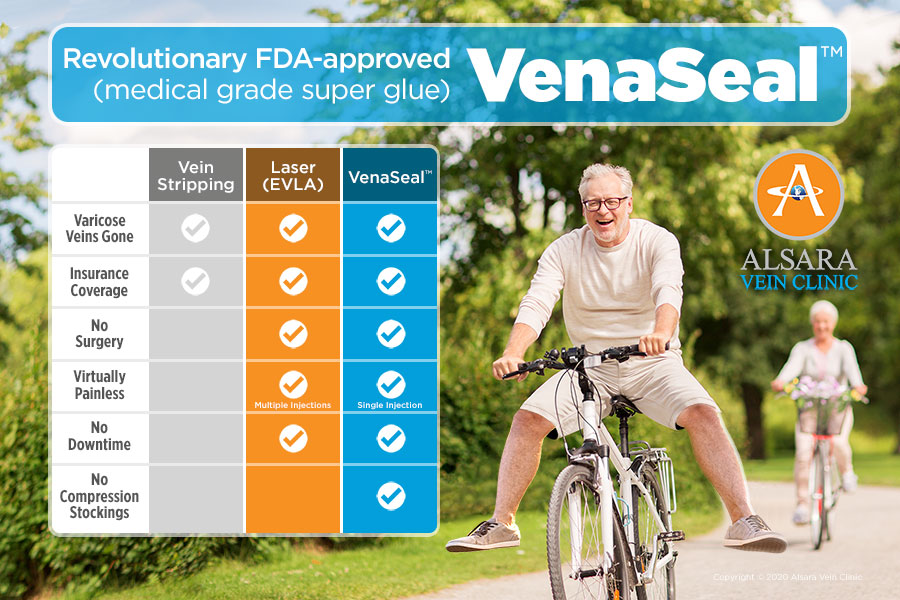


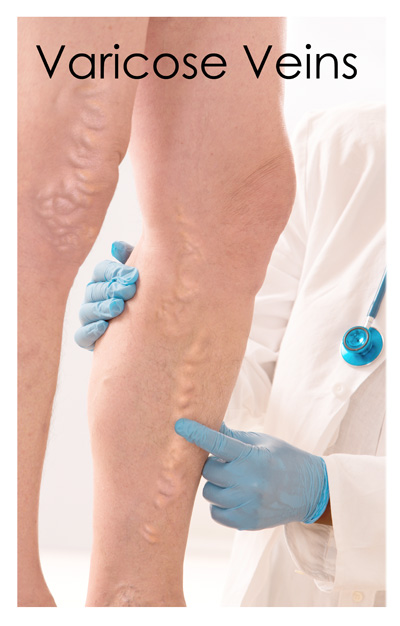 Treatment of ropey varicose veins may require one or more combinations of the following: Endovenous Laser Ablation, VenaSeal Closure System, Injection Sclerotherapy (including Ultrasound Guided Sclerotherapy and Catheter Assisted Sclerotherapy), and Microphlebectomy.
Treatment of ropey varicose veins may require one or more combinations of the following: Endovenous Laser Ablation, VenaSeal Closure System, Injection Sclerotherapy (including Ultrasound Guided Sclerotherapy and Catheter Assisted Sclerotherapy), and Microphlebectomy.
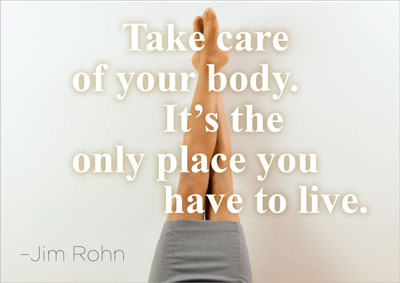 Varicose veins increase the risk of deep vein thrombosis (DVT) by five times
Varicose veins increase the risk of deep vein thrombosis (DVT) by five times